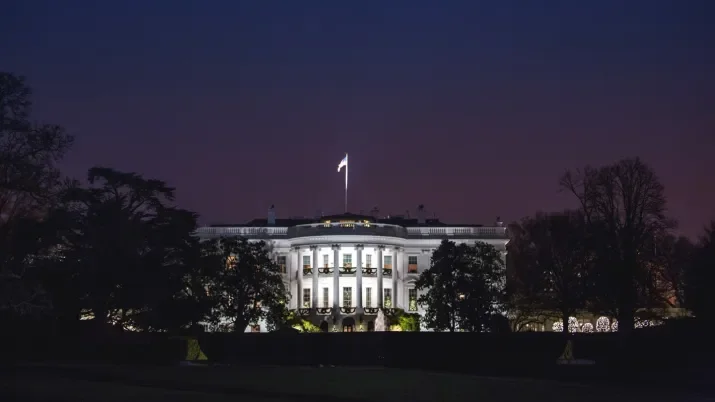Australian ABS: Demand Down Under
The Australian ABS market has continued its red-hot start to the year with record issuance in the last two months – the 17 new deals priced in May for a total of A$12.3bn were followed by 13 deals in June adding a further A$8.5bn. For context, before May the post-2008 record for deals printed in a single month stood at 10 and the largest monthly volume at A$9.3bn.
Given some A$43.9bn of Australian ABS was printed in H1 2024, the market is likely to shatter the current full-year record of A$51.7bn, given supply has historically been evenly split between both halves of the year.
Why are we seeing such a shift? While European ABS has seen its own surge of supply in 2024, Australia’s market has matured over a number of years. Thanks in part to concerted efforts by the Australian Securitisation Forum (ASF), we have seen progress in many areas including data, transparency and a convergence with the European regulatory framework. This was well timed given the urgency of domestic banks to find alternatives to the Reserve Bank of Australia’s Term Funding Facility, the end of which in 2021 has driven a significant portion of activity in the RMBS space. In fact, bank issuance has accounted for 43% of all Australian RMBS activity year-to-date. Australia’s auto lending market has also gone through a structural change over the past few years following a regulatory shift that increased bank capital charges for cross-lending to mortgage customers. Macquarie and Westpac, for example, chose to exit the industry with non-bank lenders stepping in to create new ABS-funded businesses and new opportunities for ABS investors. The growth is attracting non-domestic buyers, a key strategic objective for the market, as well as improved liquidity from international banks setting up trading lines (we are aware of two in recent weeks).
Non-bank supply has comprised a good mix of issuers, from large established names such as Columbus Capital with a A$1.4bn Prime RMBS from its Triton shelf to new entrants such as Scottish Pacific with its debut A$250m Auto ABS. From banks, most notable have been two bumper A$2bn+ RMBS deals from HSBC and National Australia Bank. Both saw good appetite from investors, impressive given the size of the deals amid such a high level of overall issuance.
Record issuance has coincided with a compelling relative value narrative, especially for AAA rated notes on a hedged basis versus European equivalents. If we look at Prime RMBS from banks, for example, three-year notes have been issued with spreads of around 45bp in the sterling primary market versus around 80bp for comparable deals from Australia when converted back to sterling. The potential pick-up in Auto ABS looks even more attractive, with Aussie deals offering around 100bp of spread in sterling terms versus around 60bp for domestic UK deals. This valuation gap is keeping a spotlight on the Australian ABS market, especially given the recent ever-tightening spread backdrop in Europe.
Looking at collateral performance, Australian ABS has been strong and stable with arrears and cumulative defaults remaining low. Arrears of 90 days plus in conforming RMBS sit at 0.42% currently, with the longer trend average of around 0.5% also covering the global financial crisis period. Non-conforming mortgages as expected see a higher figure for arrears, which currently sits at 1.59%. Cumulative losses across varying vintages further support this, with no vintages of Prime RMBS issued since 2013 seeing losses greater than 0.06% and non-conforming seeing no losses greater than 0.8%; the latter figure is skewed by the 2013 vintage, which if removed would mean no vintages seeing losses greater than 0.4%. In our view, these metrics demonstrate the robust nature of the underlying assets with a reasonable historical track record giving us a meaningful trend.
Looking ahead we expect the issuance momentum to continue. As mentioned, H2 issuance for Australian ABS has historically been on par with H1 and we see no reason for this dynamic to change in 2024. In our view, the growth of Australian ABS may offer investors an intriguing source of diversification with relative value to boot.




